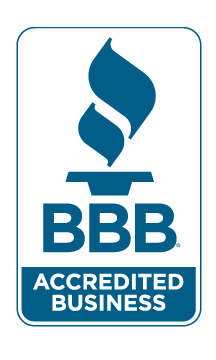A question I receive often is whether doing a needs analysis while working the senior market is really necessary. The short answer is without a doubt absolutely.
Most of us work, as primary life insurance markets, Mortgage Protection and Final Expense focusing on the senior market. This is where most of the lead generating vendors focus their lead acquisition. Why? Because the senior market responds.
The senior market contains people already in retirement, soon to be retired or retiring in the next 10 to 20 years. They have experienced the loss of a close relationship either family or friend. They have experienced the loss of retirement savings due to market volatility.
These are the people that lost thousands of dollars in 2008, saw gains up until 2019 and it’s been a roller-coaster ever since. People are looking for alternatives to keep their retirement savings and if you are not talking about it…you’re leaving money on the table.
We should be asking questions by using a Fact Finder that get people thinking about what would happen if a Long-Term Care event took place and how that affects retirement savings. How an unplanned for unexpected death will affect their savings.
Will they need to move into a senior care apartment, or do they want to age in place? Be ready to tell them the cost of each and how that cost would affect retirement monies.
What would it mean to them if they never out lived their retirement savings? What would it mean if they never lost another dime in retirement savings and could grow their retirement tax-deferred? Do they wish to maintain their current lifestyle into retirement?
Those potential clients nearing retirement are thinking…”do we have enough money to retire?” Does their plan cover the cost of increasing inflation? Have they planned for an unexpected event?
Make no mistake, completing a needs analysis takes more time, but it also sets you apart from the agent that focuses on the one need of Final Expenses or Mortgage Protection. If this where your leads are coming from then yes, you must address this first.
So how does the above statement fit into conducting a needs assessment? At the end of your initial presentation say, “…now that we have this covered let me ask…” Start your analysis questioning.
Be prepared to tell them what social security income they can expect, and the limitations of additional earnings should they start taking social security income before they are fully eligible. Let them know how a permanent life insurance policy or an Annuity can help supplement social security income.
A needs analysis does not need to be long just a few questions will lead to more questions. Your clients will appreciate the concern you have in looking out for their best interest. You are their insurance agent. You’re a cut above the rest.
In the end being a cut above means your policies are less likely to be replaced, it becomes easier to get referrals, and will lead to additional sales down the road.





